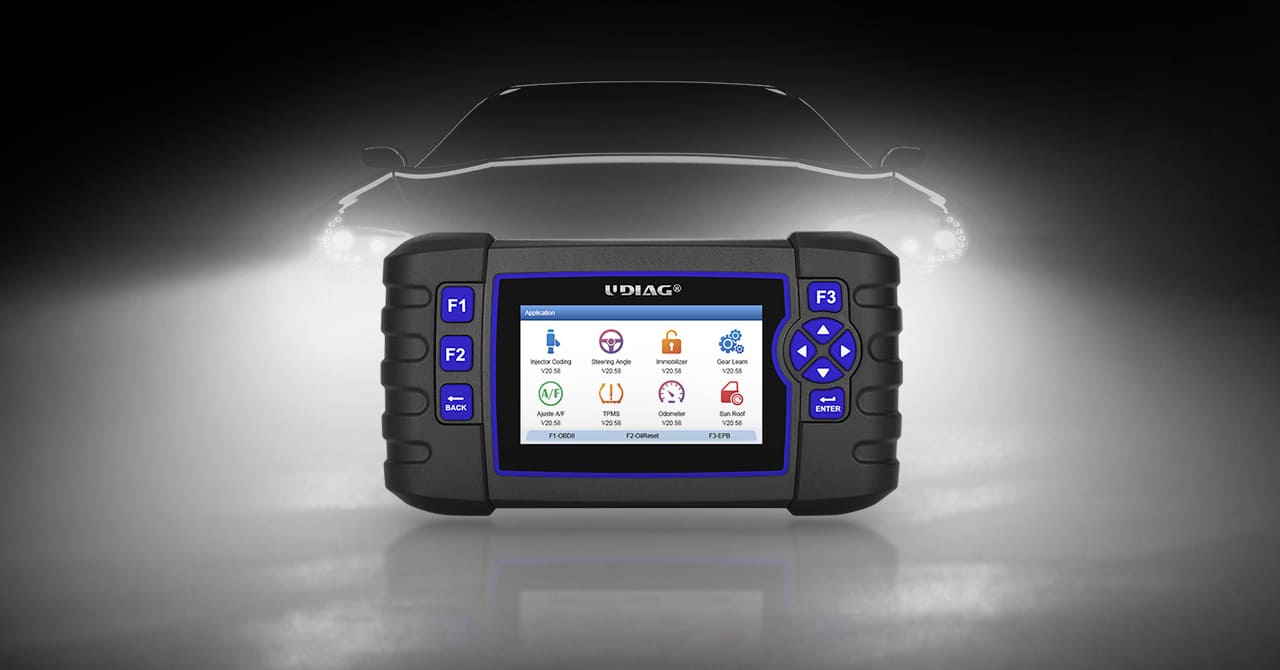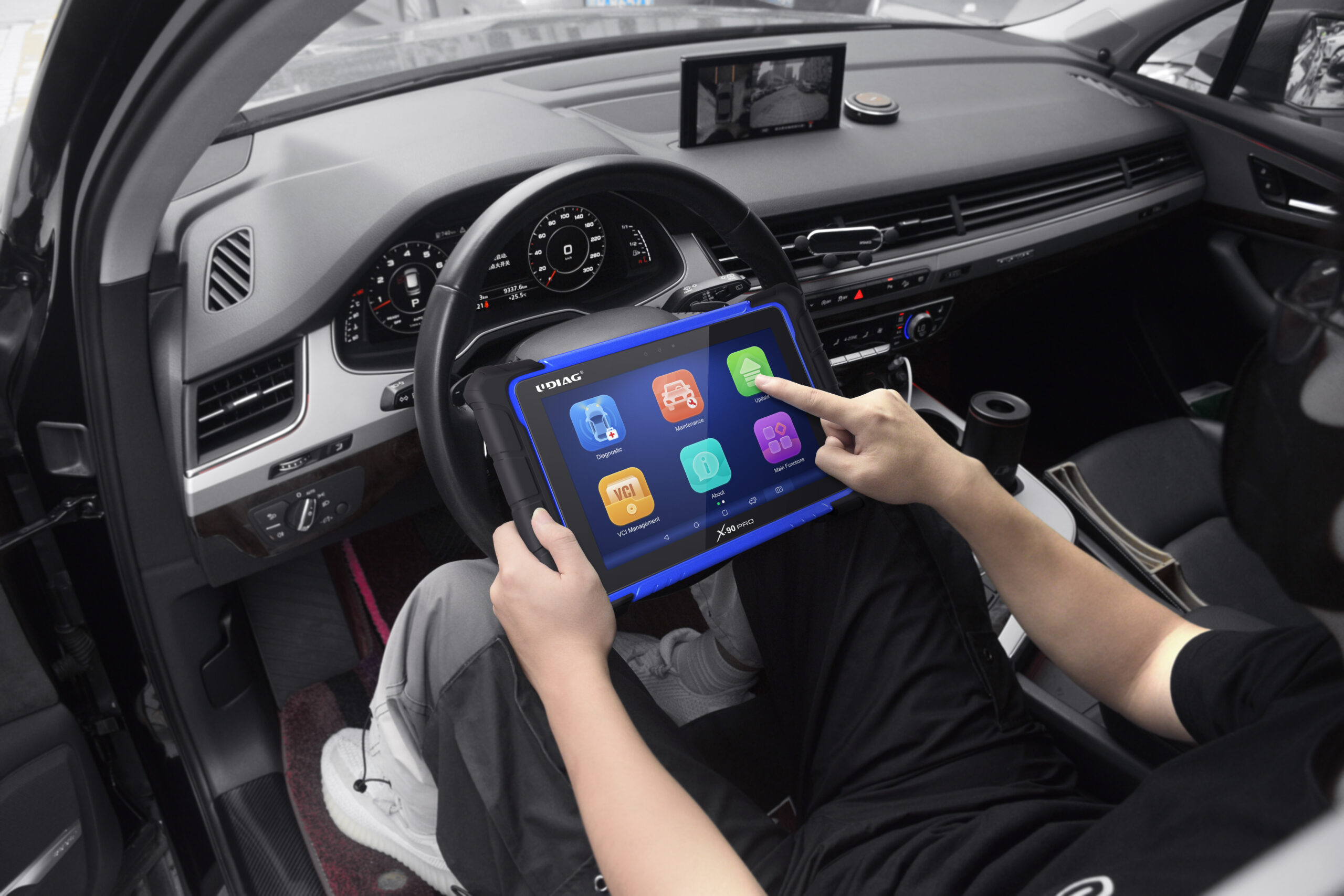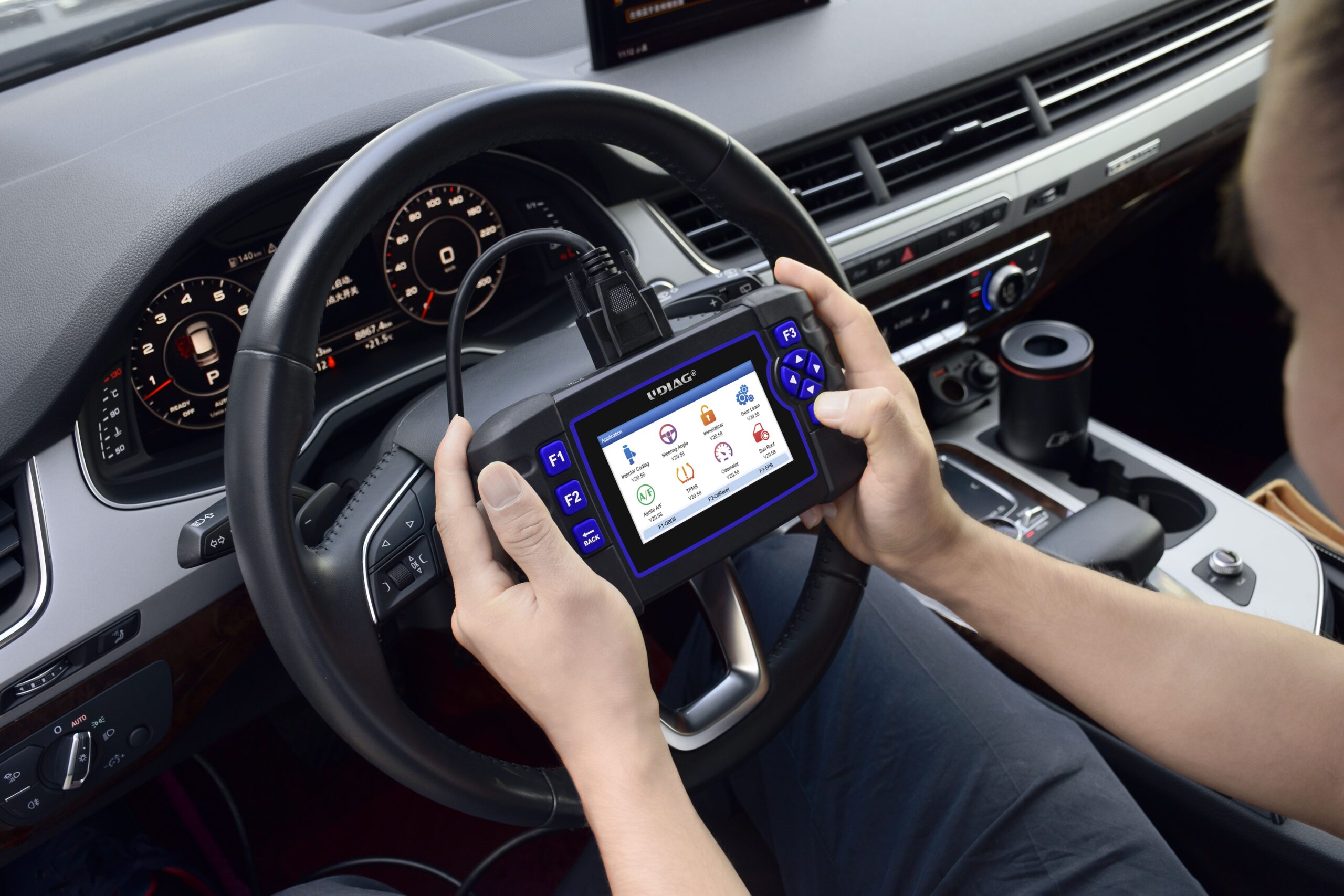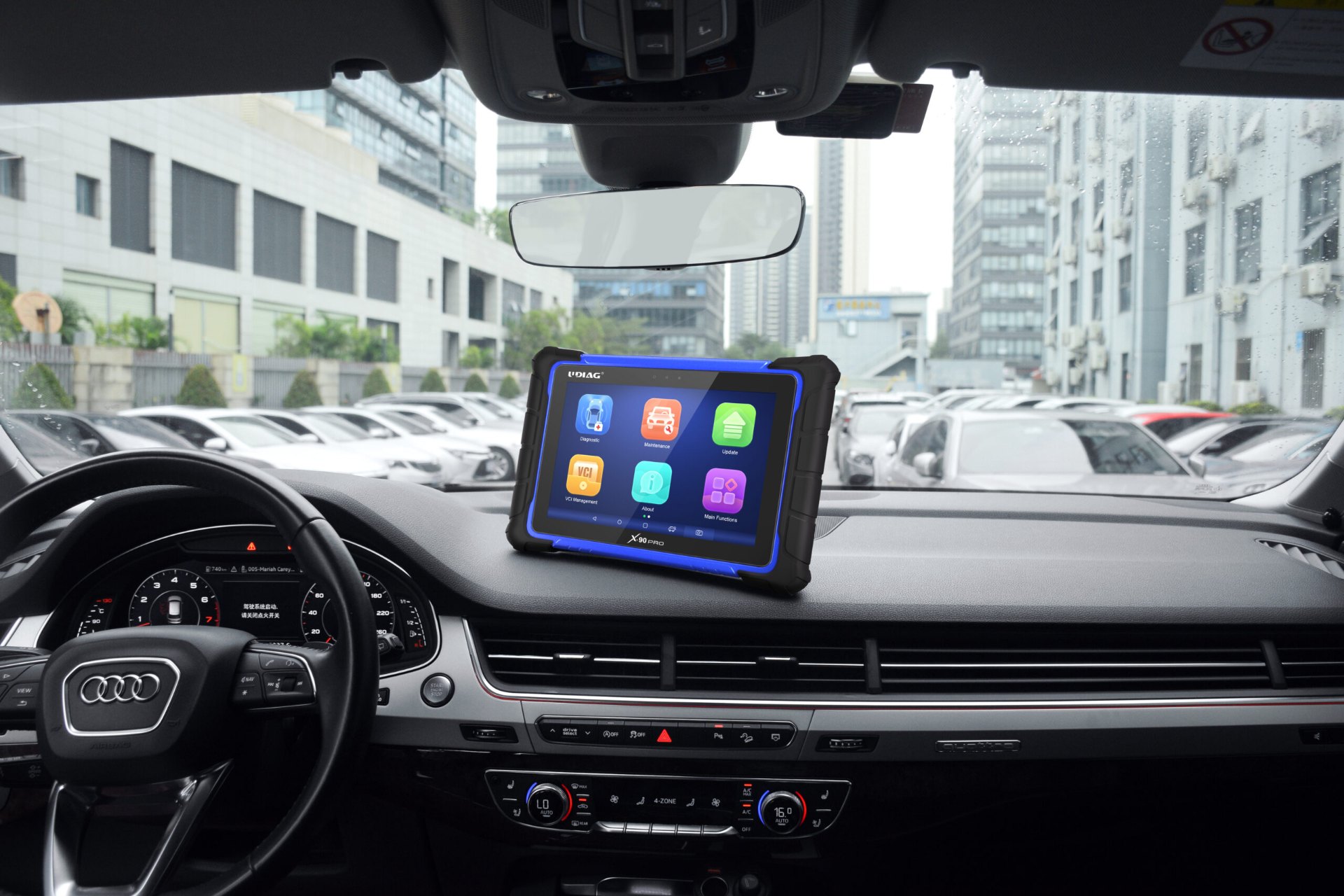Differences between Handheld and PC-based Car Diagnostic Tools
2023-04-27 by UDIAG
Car diagnostic tools are essential in identifying and fixing problems in vehicles. They provide valuable information on the performance and condition of different parts of a car, helping mechanics and car owners make informed decisions. With the advancement of technology, there are two main types of car diagnostic tools: handheld and PC-based. In this essay, we will explore the differences between these two types of car diagnostic tools.
Handheld Car Diagnostic Tools
Handheld car diagnostic tools are portable and easy to use. They are small in size, and some models are even designed to fit in your pocket. They typically have a small display screen and a keypad for navigating through the different functions. Handheld car diagnostic tools are typically less expensive than PC-based tools, making them an affordable option for car owners who want to diagnose and fix simple problems.
One of the biggest advantages of handheld car diagnostic tools is their portability. They are easy to carry around, making them convenient for mechanics who need to diagnose problems in different locations. They also tend to be user-friendly, with intuitive menus and buttons that make it easy to navigate through different options.
However, handheld car diagnostic tools have limitations in terms of functionality and capabilities. They may not be able to perform more complex diagnostic tests or provide detailed information on specific parts of the car. Additionally, the display screens on handheld car diagnostic tools are often small, making it difficult to read detailed information.

PC-based Car Diagnostic Tools
PC-based car diagnostic tools are designed to be used with a computer or laptop. They typically come with software that must be installed on the computer, and they are connected to the car through a cable or wireless connection. PC-based car diagnostic tools are more powerful and versatile than handheld tools, with more advanced features and capabilities.
One of the biggest advantages of PC-based car diagnostic tools is their functionality. They can perform a wide range of diagnostic tests and provide detailed information on specific parts of the car. They also tend to have larger display screens, making it easier to read detailed information.
However, PC-based car diagnostic tools are not as portable as handheld tools. They require a computer or laptop to be used, which means they are not as convenient for diagnosing problems in different locations. They also tend to be more expensive than handheld tools, making them a less accessible option for car owners who want to diagnose and fix simple problems.

Differences between Handheld and PC-based Car Diagnostic Tools
While they serve the same purpose, there are significant differences between the two. Here are some of the main differences:
- Size and Portability
Handheld car diagnostic tools are typically smaller in size and are designed to be portable. They can easily fit in a toolbox or be carried in a pocket, making them convenient for use on the go. PC-based tools, on the other hand, require a computer or laptop to be used and are therefore less portable.
- Cost
Handheld car diagnostic tools are generally less expensive than PC-based tools. This makes them a popular choice for car owners who want to diagnose and fix simple problems themselves. PC-based tools tend to be more expensive because they are more powerful and have more advanced features.
- User Interface and Ease of Use
Handheld car diagnostic tools are designed to be user-friendly, with intuitive menus and buttons that make it easy to navigate through the different functions. They also tend to have a smaller screen, which can make it more difficult to read detailed information. PC-based tools, on the other hand, may require more technical knowledge to use and may have a steeper learning curve.
- Functionality and Capabilities
PC-based car diagnostic tools tend to be more powerful and versatile than handheld tools. They can perform a wider range of diagnostic tests and provide more detailed information on specific parts of the car. They also tend to have a larger screen, which makes it easier to read detailed information. Handheld tools, on the other hand, may be limited in terms of their functionality and capabilities.
- Connectivity and Data Storage
PC-based car diagnostic tools are typically connected to the car through a cable or wireless connection, which allows them to access more detailed information about the vehicle. They also tend to have more advanced data storage capabilities, which can be useful for tracking changes in the car’s performance over time. Handheld tools may use Bluetooth or other wireless technologies for connectivity and may not have as advanced data storage capabilities.
Overall, handheld car diagnostic tools are smaller, more affordable, and more portable, making them a popular choice for car owners who want to diagnose and fix simple problems themselves. PC-based car diagnostic tools are more powerful and versatile, with more advanced features and capabilities. They require a computer or laptop to be used and may be more expensive, but they provide more detailed information about the vehicle and can be useful for more complex diagnostic tests. Ultimately, the choice between the two types of tools will depend on the specific needs and preferences of the user.
Handheld and PC-based Car Diagnostic Tools from UDIAG
Handheld car diagnostic tools are popular due to their convenience and portability. UDIAG A550 provides professional diagnosis for over 100 car makes and work on all OBD II protocols. Not only offering direct access to 40+ required maintenance functions but also identifying the vehicle being tested using its VIN number. They can print diagnostic reports via PC and have 15 language options.

PC-based car diagnostic tools are becoming more popular among car enthusiasts and mechanics due to their advanced features. UDIAG X-90 PRO has a 10.1-inch HD touch screen and is based on the Android operating system. It can diagnose problems in over 100 car makes from 1996 to 2023 and has exceptional coverage for all electronic systems. Supports 40+ maintenance functions, X-90 PRO can view freeze frame data, and graph live data from a car’s systems, which is a powerful solution for identifying and fixing car problems.

Conclusion
Both handheld and PC-based car diagnostic tools have their advantages and disadvantages. Handheld tools are more portable and affordable, while PC-based tools are more powerful and versatile. When choosing between these two types of tools, it is important to consider factors such as cost, portability, functionality, and ease of use. Ultimately, the choice will depend on the specific needs and preferences of the user.


